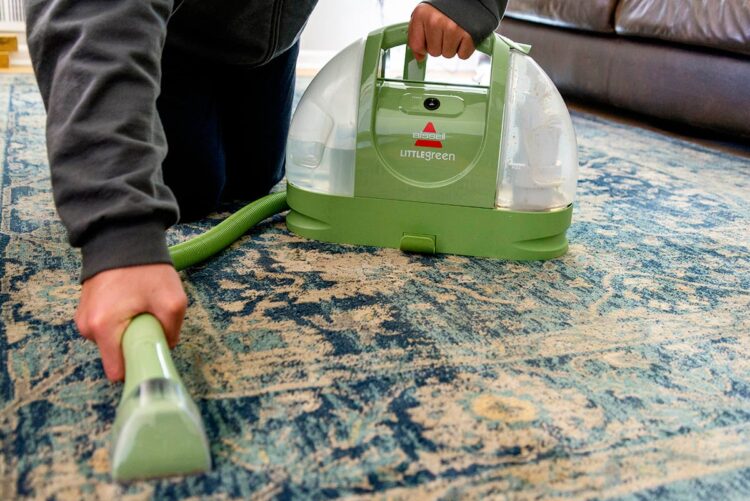The Women’s National Basketball Association (WNBA) has come a long way since its inception in 1996. While the league has undoubtedly grown in popularity and viewership, the salaries of its players remain a significant point of discussion and debate. This article will delve into the current state of WNBA salaries, exploring the factors that influence them, the disparities compared to other professional sports leagues, and the ongoing efforts to achieve greater financial equity for these talented athletes.
Salary Structure
WNBA player salaries are determined by a collective bargaining agreement (CBA) negotiated between the WNBA and the WNBA Players Association (WBPA). The current CBA, which was ratified in 2020, established a salary cap of $1,035,000 per team. This cap limits the total amount a team can spend on player salaries in a given season.
The minimum salary for a rookie player in the WNBA is $60,470, while the maximum salary for a veteran with substantial experience can reach up to $221,450. However, it’s important to note that these figures represent base salaries, and many players also earn additional income through bonuses, endorsements, and appearance fees.
Factors Affecting WNBA Salaries
Several factors contribute to the variation in WNBA salaries:
- Years of Experience: Players with more experience in the league generally command higher salaries.
- Performance: Standout players who consistently deliver exceptional performances on the court are more likely to negotiate higher contracts.
- Market Value: Players based in larger markets with greater media exposure may have higher earning potential due to increased endorsement opportunities.
- Collective Bargaining: The strength of the WBPA and its ability to negotiate favorable terms in the CBA significantly impacts player salaries.
Disparities with Other Professional Sports
When compared to other major professional sports leagues like the NBA, MLB, and NFL, the WNBA salary gap is stark. The average WNBA player earns significantly less than their male counterparts. This disparity has been a subject of criticism and has fueled the ongoing fight for pay equity in women’s sports.
Reasons for the Disparity
Several factors contribute to the pay gap between the WNBA and other major professional sports leagues:
- Revenue Generation: The WNBA generates significantly less revenue compared to the NBA, MLB, and NFL. This limited revenue pool restricts the amount of money available for player salaries.
- Historical Underinvestment: Women’s sports, including the WNBA, have historically received less investment and support compared to men’s sports. This lack of investment has hindered the league’s growth and revenue generation.
- Societal Perceptions: Despite growing popularity, women’s sports still face challenges in overcoming societal perceptions and biases that undervalue their athletic abilities and commercial appeal.
The Fight for Pay Equity
The WNBA players have been at the forefront of the fight for pay equity in women’s sports. They have consistently advocated for fair compensation and have engaged in collective bargaining negotiations to secure better deals. The 2020 CBA represented a significant step forward, with increased salaries and benefits for players.
However, the work is far from over. The WNBA players continue to push for further improvements, including increased salary caps, better revenue sharing, and enhanced marketing and promotional opportunities.
Conclusion
The WNBA salary landscape presents a complex picture. While progress has been made, the league still faces significant challenges in achieving pay equity with other major professional sports leagues. The ongoing fight for fair compensation highlights the determination of WNBA players to create a more equitable playing field and inspire future generations of female athletes.



